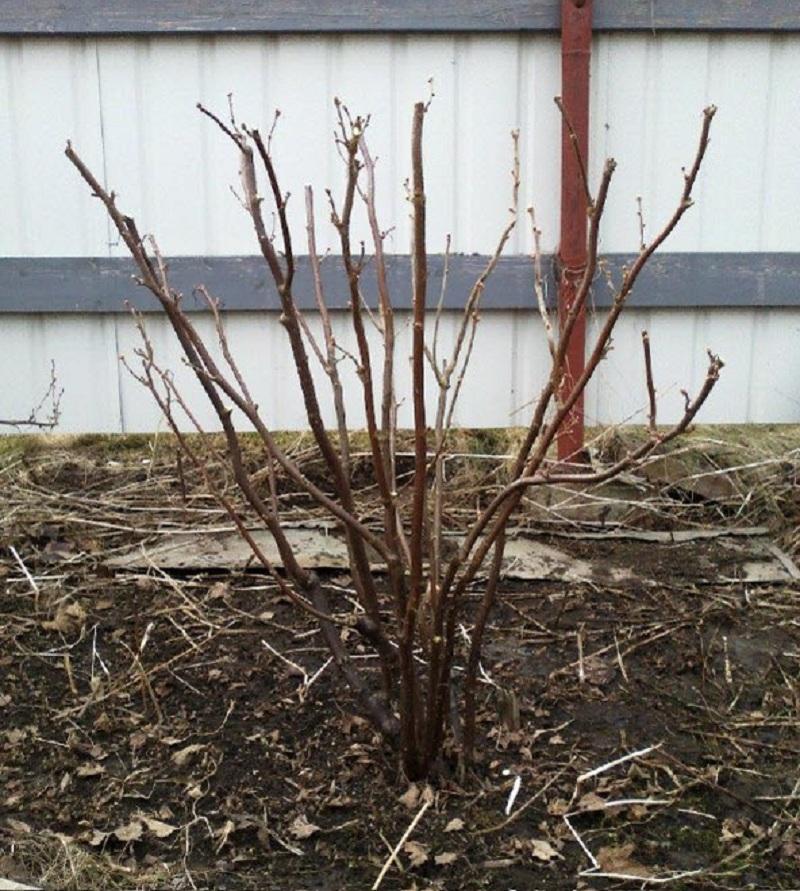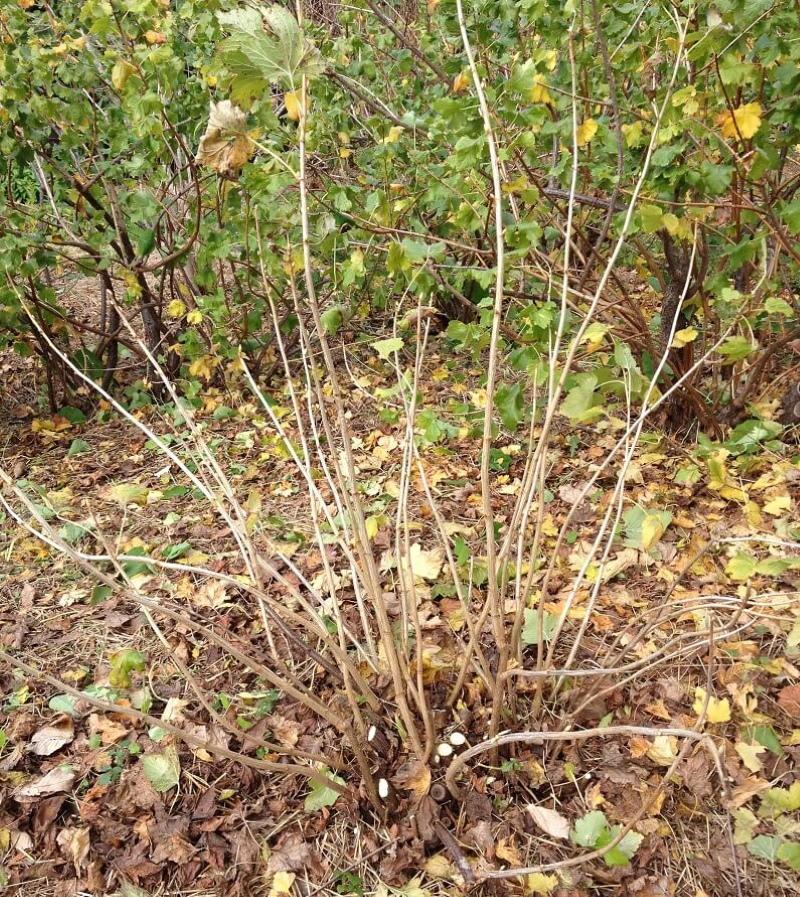Preparing berries for winter - black currants, pruning and care in autumn
 After the end of fruiting, black currant enters the period of preparation for wintering. It is this time that is responsible not only for how the bushes winter, but also for the future harvest. Over time, black currant grows strongly, pruning and caring for it in the fall help to "strengthen the health" of the plant and maintain high yields. If the main care of young bushes is carried out mainly in the spring, then it is better to cut off old specimens before wintering. Why leave a thickened crown, which will only take nutrients from the currant and weaken it? It is more expedient to carry out both anti-aging and sanitary pruning in the fall. This will make it possible to maintain the strength of the bush, increase its winter hardiness and remove the affected parts in time before they become a source of reproduction of fungi and viruses.
After the end of fruiting, black currant enters the period of preparation for wintering. It is this time that is responsible not only for how the bushes winter, but also for the future harvest. Over time, black currant grows strongly, pruning and caring for it in the fall help to "strengthen the health" of the plant and maintain high yields. If the main care of young bushes is carried out mainly in the spring, then it is better to cut off old specimens before wintering. Why leave a thickened crown, which will only take nutrients from the currant and weaken it? It is more expedient to carry out both anti-aging and sanitary pruning in the fall. This will make it possible to maintain the strength of the bush, increase its winter hardiness and remove the affected parts in time before they become a source of reproduction of fungi and viruses.
Black currant - pruning and care in the fall

- top dressing;
- watering;
- preventive treatment;
- hiding place if needed.
When and how to cut currants
 Shrubs that are more than 4 years old are best tidied up in the fall, but not at the beginning, but at the end of the season, just before the frosts. Pruning too early, when the weather is still warm, can stimulate the growth of young twigs. And they will not stand the winter and will freeze, but they will take away the juices from the plant.
Shrubs that are more than 4 years old are best tidied up in the fall, but not at the beginning, but at the end of the season, just before the frosts. Pruning too early, when the weather is still warm, can stimulate the growth of young twigs. And they will not stand the winter and will freeze, but they will take away the juices from the plant.
It is recommended to prune currants in late October - early November, depending on the growing region. The beginning of leaf fall can be considered a landmark. Once the bush has shed its foliage, it's time to trim.
In autumn, sanitary pruning is carried out, both young and old bushes. It includes the complete removal of such shoots:
- affected by the fungus;
- dry;
- too thin;
- as well as young growth, if there is a lot of it and it thickens the bush.
For young seedlings planted last spring, pruning is carried out earlier - in the middle of summer, shortening the tops of the branches. In the fall, all that remains is to form skeletal branches. For this, the strongest shoots are left, and the rest are cut out, including the side ones, so that they do not interfere.
Currants from 5 years old are already necessary rejuvenate, and also in the fall. Old shoots are cut out in parts, in a couple of years, removing no more than 1/3 at a time. And to replace them, they leave the strongest young growth, also cutting out the rest of the young neoplasms.
How to care for currants in the fall
 As soon as the bushes began to shed their foliage, it does not hurt to carry out water-charging watering (if the autumn is dry). For young bushes, you need at least 3 buckets of water, old ones, respectively, even more. Watering is carried out around mid-September.
As soon as the bushes began to shed their foliage, it does not hurt to carry out water-charging watering (if the autumn is dry). For young bushes, you need at least 3 buckets of water, old ones, respectively, even more. Watering is carried out around mid-September.
At the end of October, the berries are processed Bordeaux liquid for the prevention of diseases.
Before winter, plants need potassium and phosphorus, so in the fall, preparations containing these components should be introduced.But nitrogen preparations must be left for spring feeding, otherwise the bushes, instead of hibernation, will start to grow and freeze out.
Black currant overwinters well and easily tolerates frosts down to minus 25 ° C. But if it is even colder in winter, it is recommended to cover the bushes by bending down and digging in the branches.